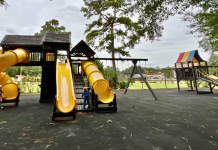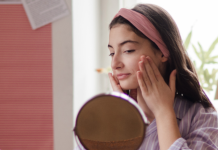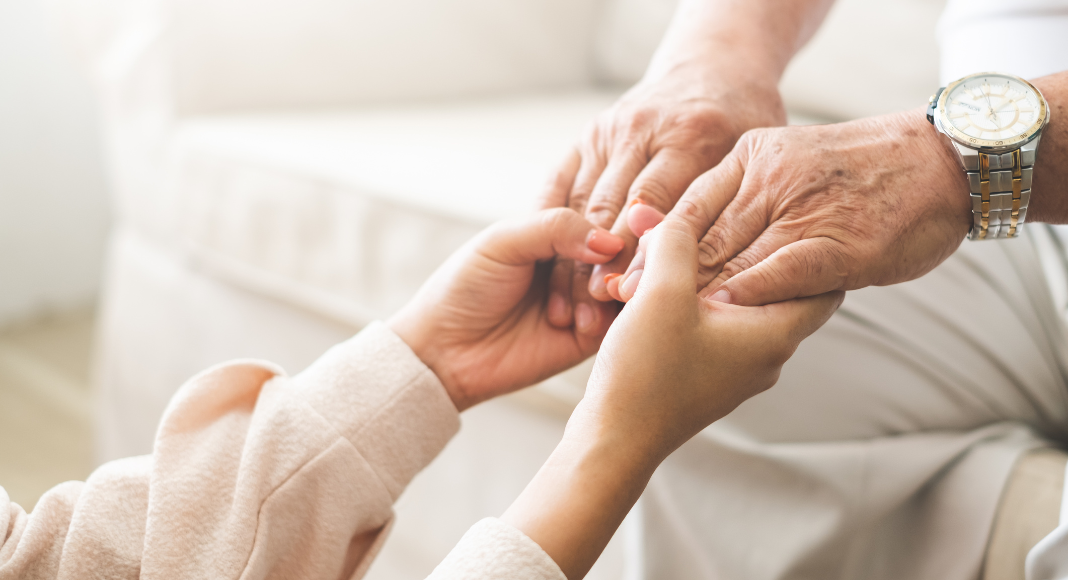 I got a text from my brother on a Thursday evening that my dad was admitted to the hospital, again. The next day the text said, “This is the best he’s going to be, come now.”
I got a text from my brother on a Thursday evening that my dad was admitted to the hospital, again. The next day the text said, “This is the best he’s going to be, come now.”
I dropped everything, bought a plane ticket for the next day, and was with him in under 24 hours. My dad had suffered multiple seizures and had a lot of neurological damage from a fall earlier in the week. He had been in a steady decline for many months before that. My dad had a complicated medical history related to contracting West Nile Virus in 2011. Yes, from a mosquito bite in the suburbs of Baltimore City, I will forever use DEET.
When I entered the room, I saw a man I did not recognize.
The next days to weeks were spent making decisions and reflecting on the process. Sure, there are resources available if you google. But there is little to no exposure to the process of dying in our culture.
I decided to be by my dad’s side as much as I could. This gave me a lot of free time to sit and think through so many things. I couldn’t stop thinking about the major differences between America and most of the other countries in the world.
Elderly Care and the Dying Process in America and Other Cultures
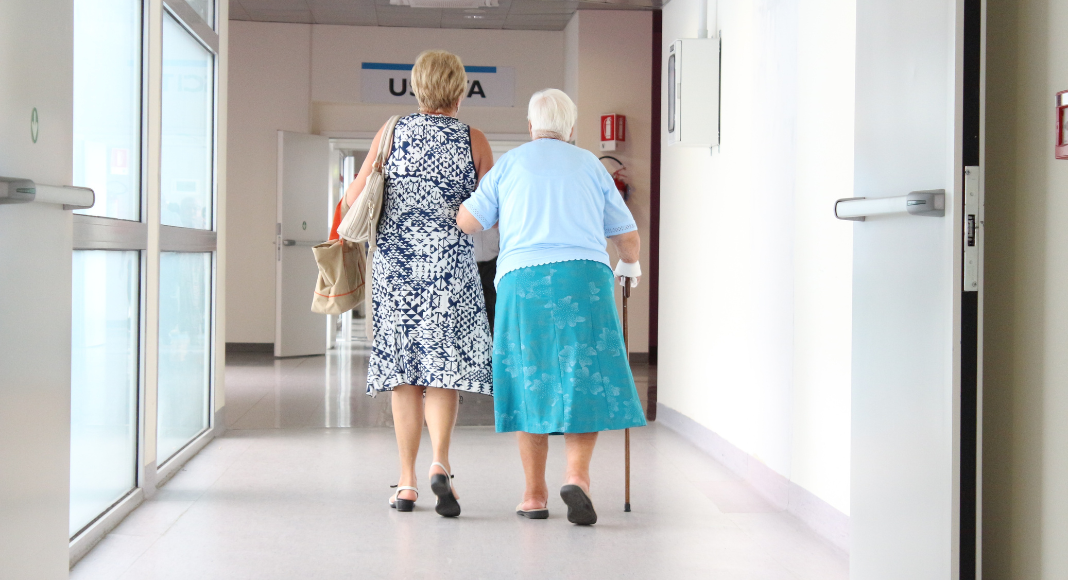 American culture and its attitudes toward elderly care and death are distinct in many ways compared to the rest of the world. The disparities reveal the complex interplay of cultural, social, and healthcare factors. I’ve thought a lot about this and researched how some of the key differences between American culture and other cultures regarding the elderly and end-of-life experiences are out of balance.
American culture and its attitudes toward elderly care and death are distinct in many ways compared to the rest of the world. The disparities reveal the complex interplay of cultural, social, and healthcare factors. I’ve thought a lot about this and researched how some of the key differences between American culture and other cultures regarding the elderly and end-of-life experiences are out of balance.
Cultural Diversity and Aging
One of the most prominent distinctions between the United States and the rest of the world is its rich tapestry of cultural diversity. In many other cultures, extended families often play a crucial role in elderly care and support.
In contrast, American culture tends to emphasize individualism and self-sufficiency. This individualistic approach can sometimes lead to elderly individuals feeling isolated or neglected. In many homes, children are shielded and do not see the beauty of aging. American children are raised in a society that promotes youthfulness and hides aging.
We hide the elderly and avoid the reality that we are all going to be there one day, later rather than sooner if we’re lucky enough.
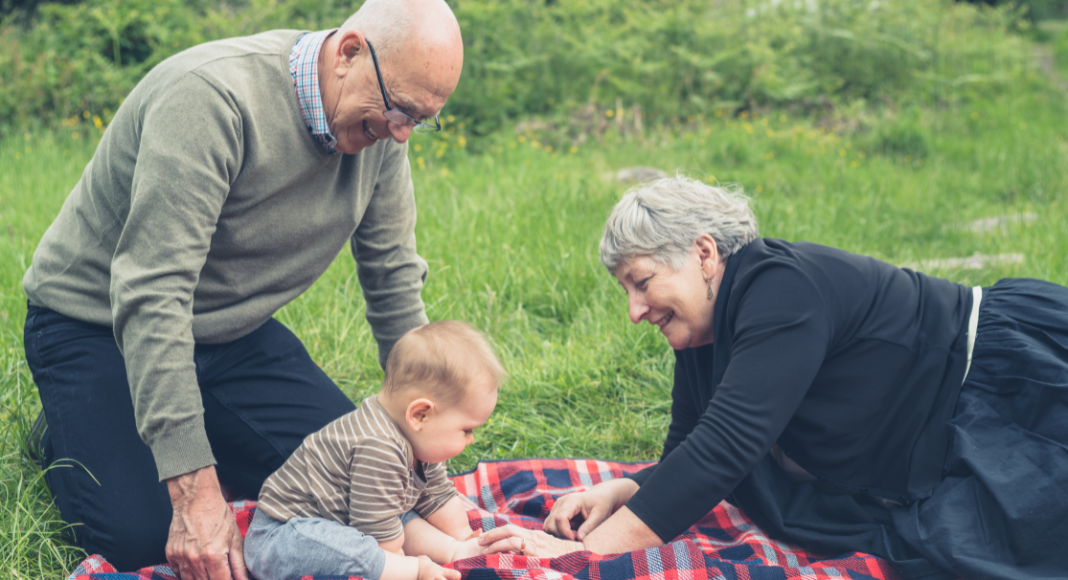
Aging in Place vs. Nursing Home
Although nursing homes are available here, Americans often view aging in place as a desirable goal. There’s a significant preference for elderly individuals to continue living in their own homes with some form of assistance.
However, many cultures outside the United States have a more communal approach to eldercare. In countries like Japan, it’s customary for multiple generations to live under the same roof or nearby, creating a robust support system.
End-Of-Life Decision Making
End-of-life decisions, particularly regarding medical treatment, tend to be more individualized and legally regulated in the United States. The concept of an Advance Healthcare Directive, which allows individuals to specify their preferences, is widespread.
In contrast, in many other parts of the world, families and communities play a more significant role in these decisions. Collective decisions are made, focusing on the best interests of the individual and the family as a whole.
Death and Open Conversations
The American culture often shies away from discussing death openly. This avoidance can lead to a lack of preparedness and understanding, both for the elderly and their families.
In contrast, some cultures, like those in Mexico during Dia de los Muertos (Day of the Dead), celebrate and honor the deceased with open conversations and joyful remembrances. This helps to demystify death and reduce fear surrounding it.
Funeral and Mourning Traditions
Funeral and mourning practices differ significantly worldwide. In the United States, traditional funerals often involve formal ceremonies, burial or cremation, and relatively private grieving processes.
In contrast, cultures such as those in India have more public mourning practices, which may include elaborate rituals and processions.
Elderly Respect and Inclusion
In various cultures, such as many Asian societies, the elderly are revered and respected for their wisdom and experience.
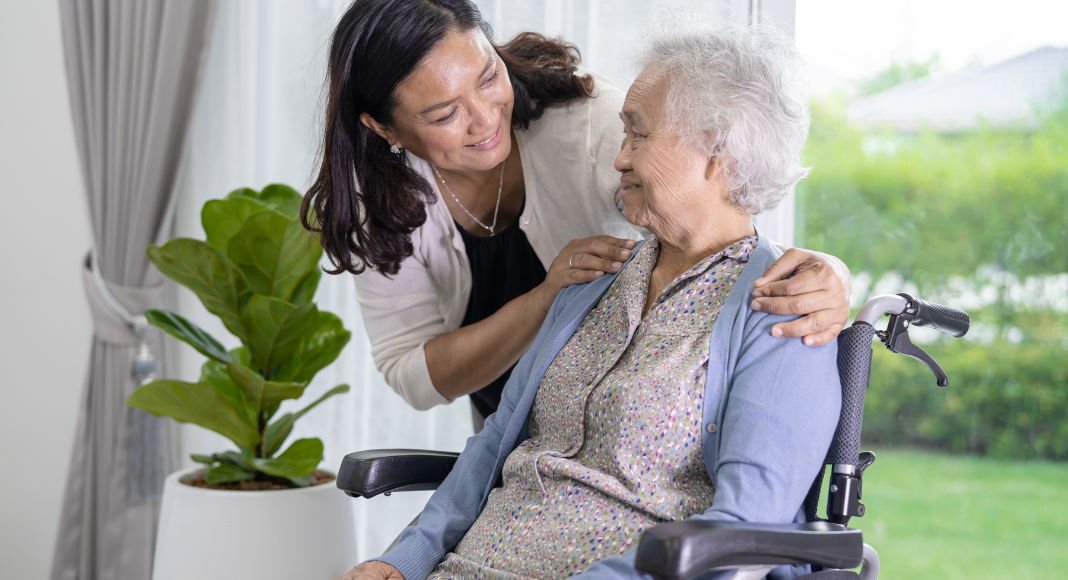 In contrast, American culture sometimes emphasizes youth and vitality over age and experience. This cultural difference is reflected in employment practices, healthcare, and societal attitudes towards older individuals.
In contrast, American culture sometimes emphasizes youth and vitality over age and experience. This cultural difference is reflected in employment practices, healthcare, and societal attitudes towards older individuals.
Healthcare and Quality of Life
The healthcare system in the United States, despite being technologically advanced, often faces criticism for its high costs and unequal access.
In contrast, many European countries provide universal healthcare and prioritize the quality of life for elderly citizens through robust social support systems.
American culture differs from many other world cultures in its approach to elders, elderly care, and death. There’s no one-size-fits-all solution. However, understanding these distinctions may provide valuable insights into how we can create a more inclusive, supportive, and open approach to aging and end-of-life experiences.
It is essential to appreciate the diversity of cultural perspectives. When we learn from the practices of other societies, we can enhance the well-being and dignity of the elderly and foster a more holistic understanding of death. Because in the end, death is about the living.




